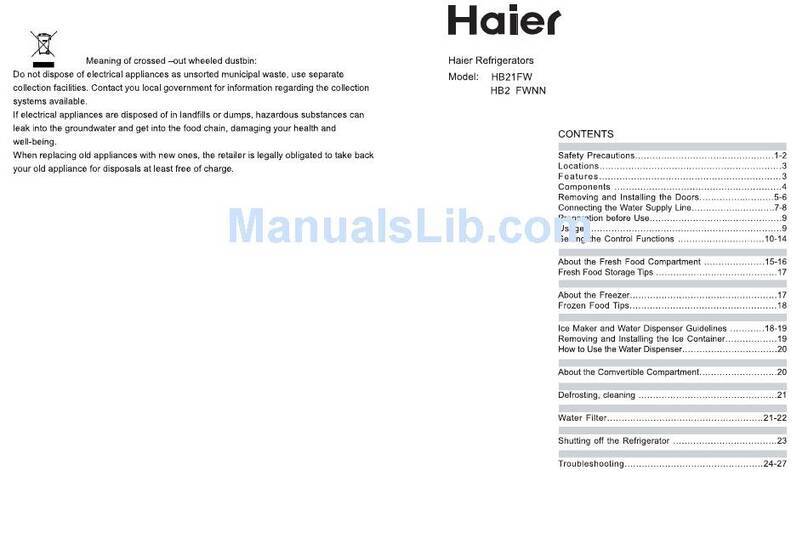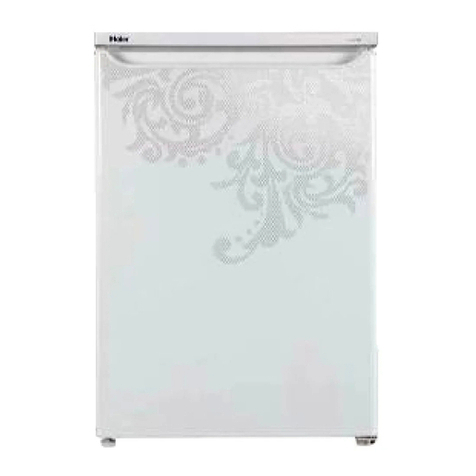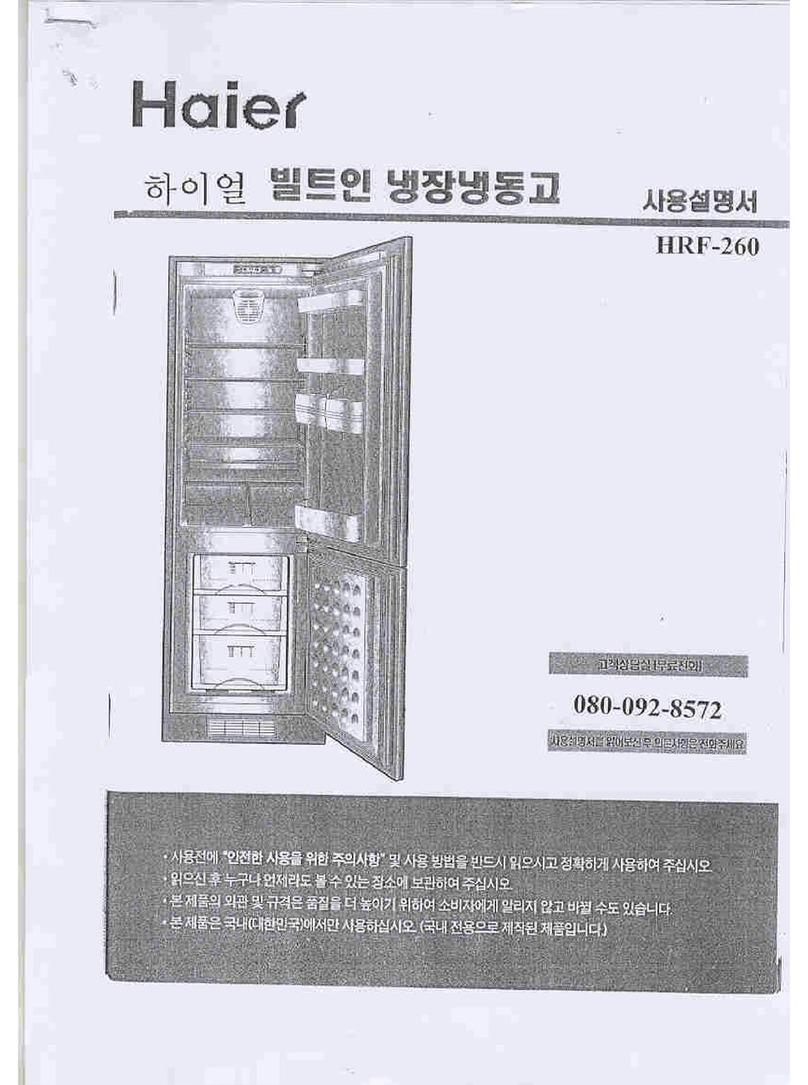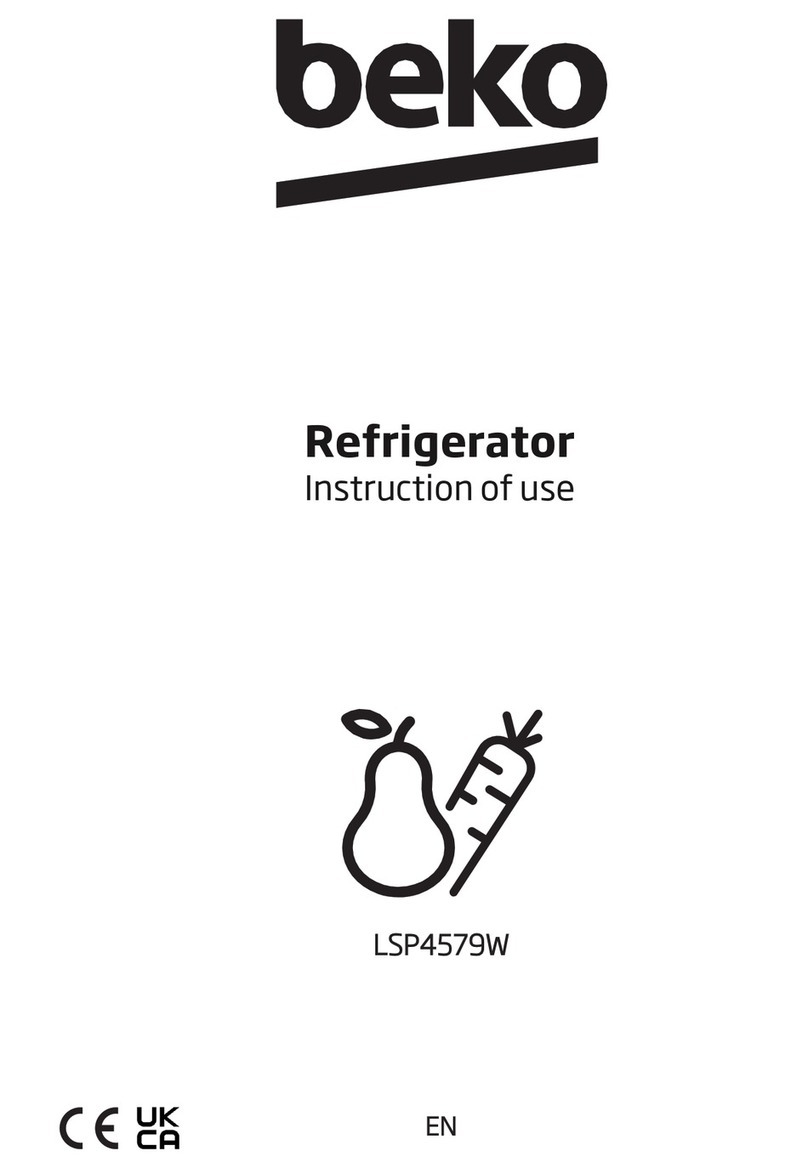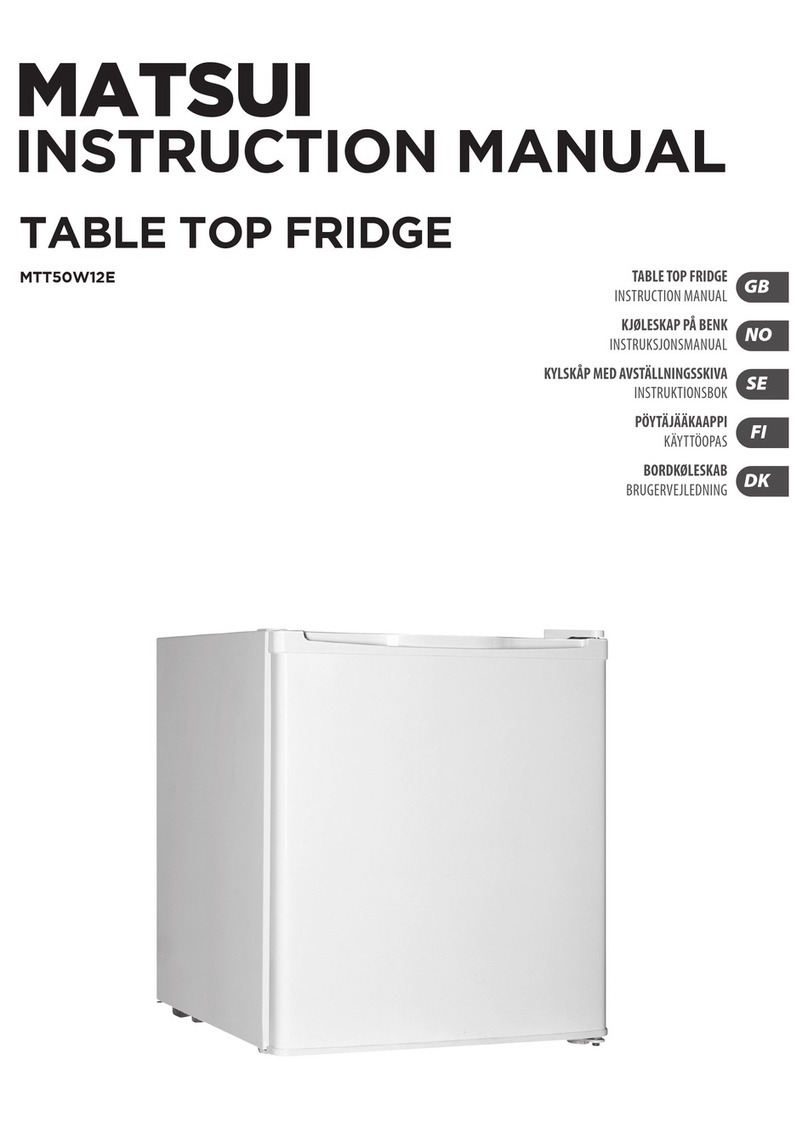Haier HTE21W User manual
Other Haier Refrigerator manuals

Haier
Haier H21BFC45N Series User manual

Haier
Haier HRF-296W User manual

Haier
Haier RR140-1 User manual
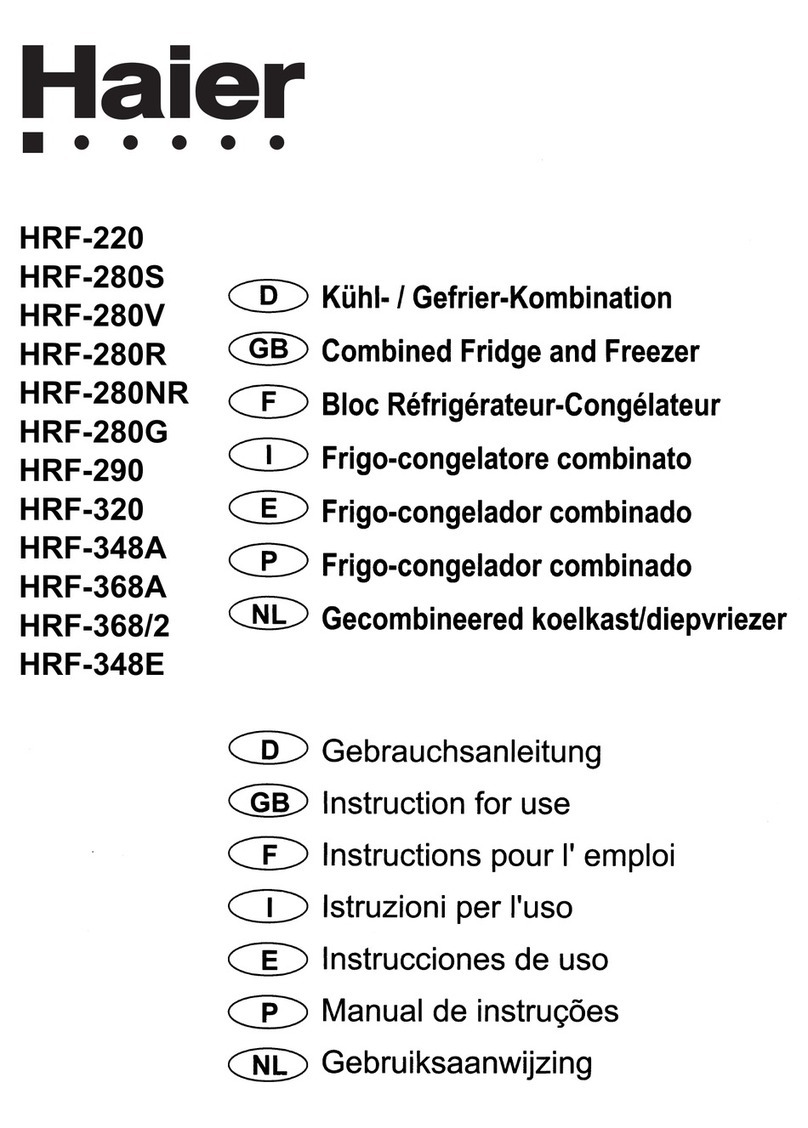
Haier
Haier HRF-220 User manual
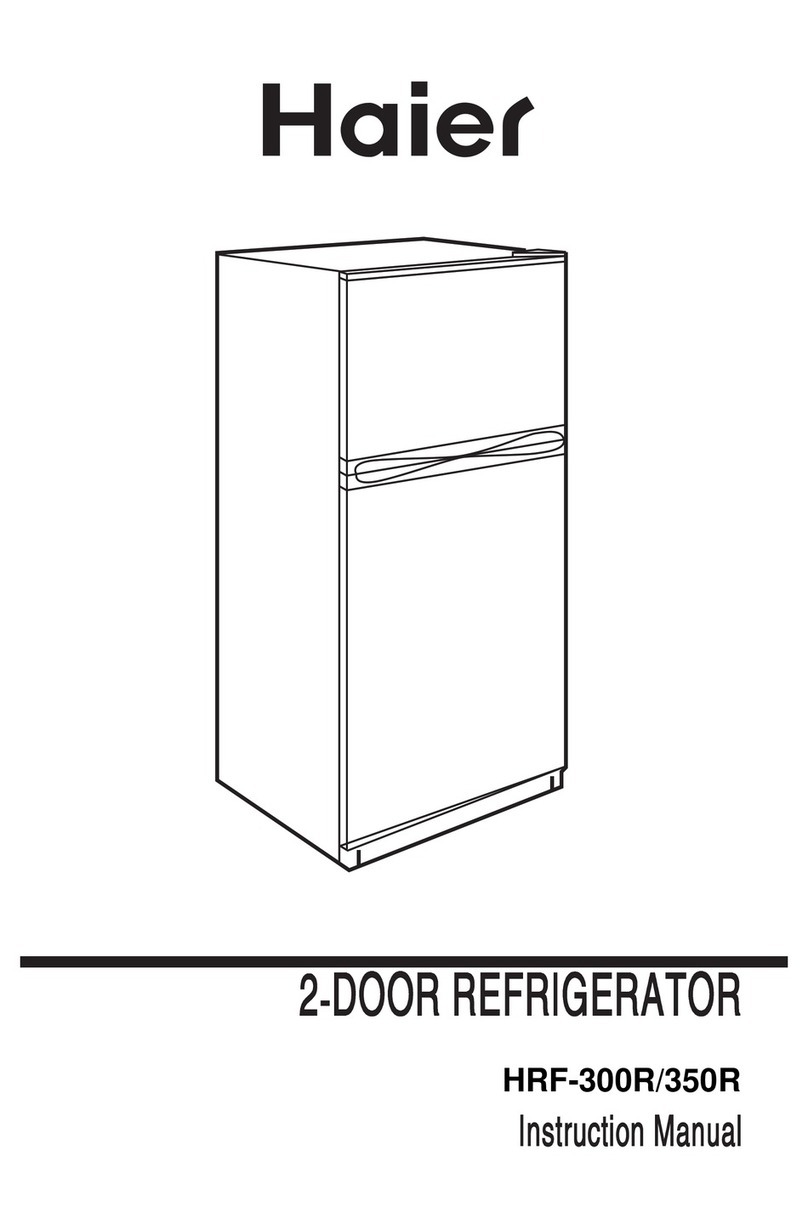
Haier
Haier HRF-300R User manual
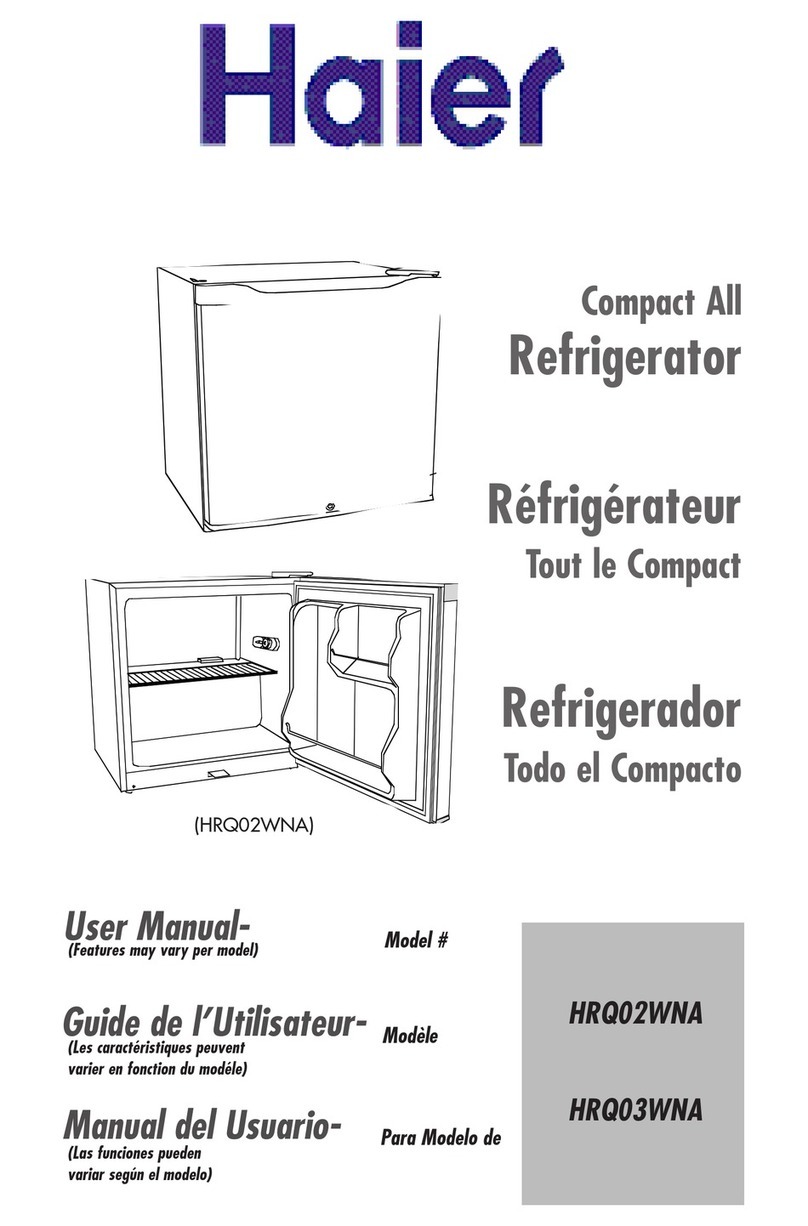
Haier
Haier HRQ02WNA User manual
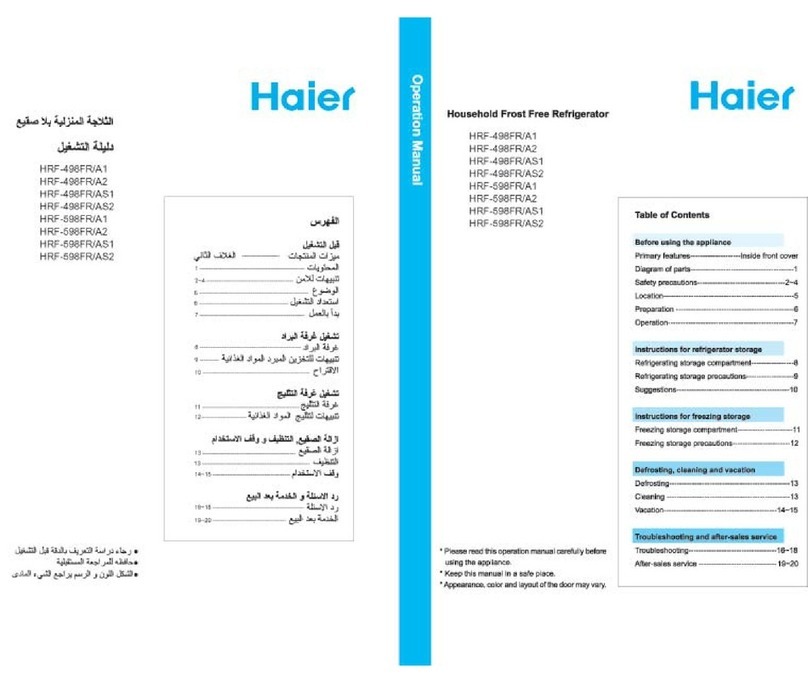
Haier
Haier HRF-498FR/A1 User manual
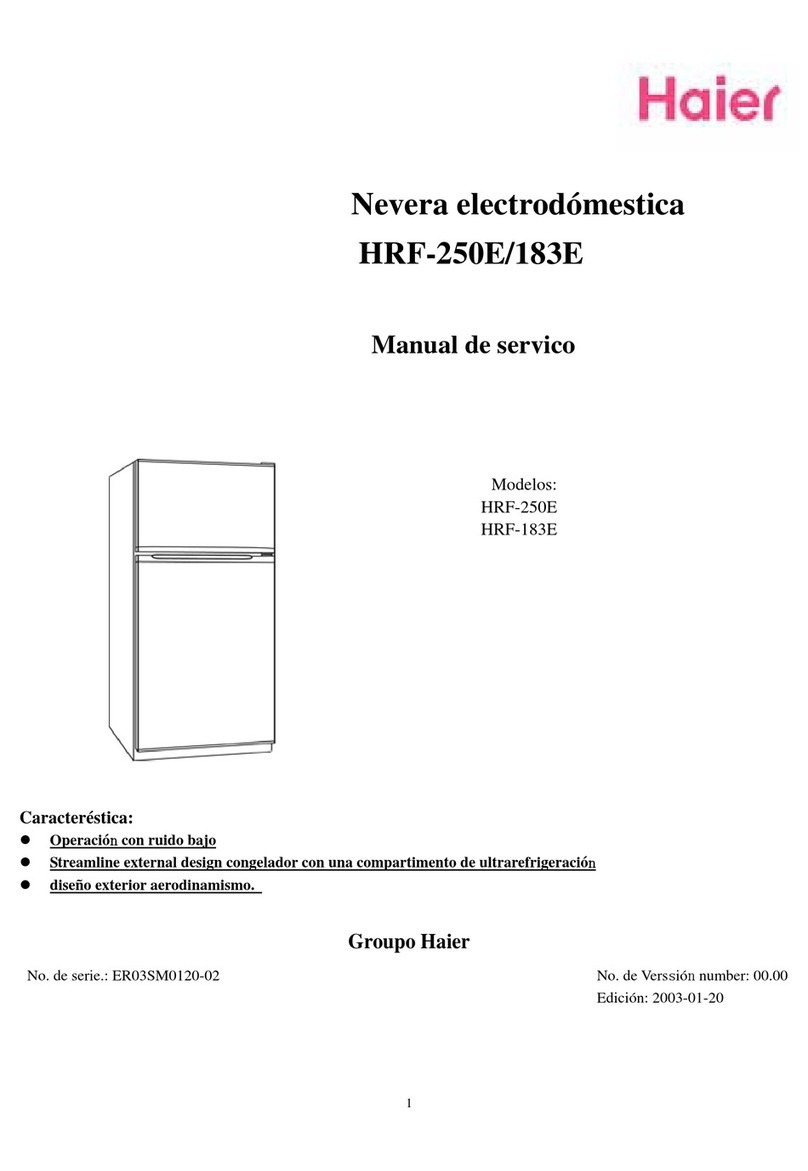
Haier
Haier HRF-183 Instruction Manual
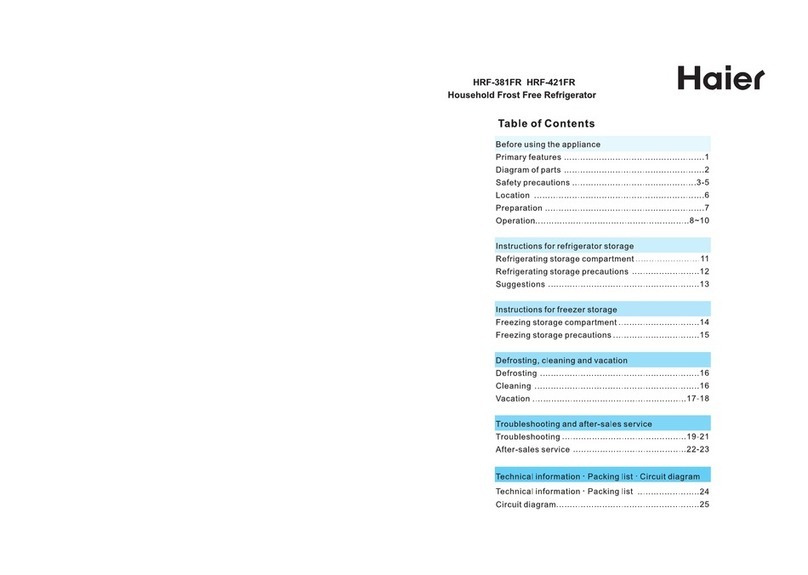
Haier
Haier HRF-381FR User manual
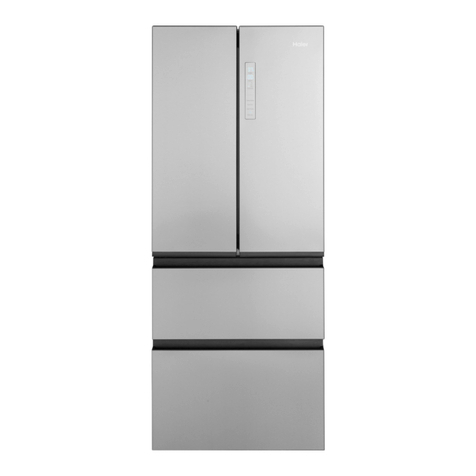
Haier
Haier QJS15HYRFS User manual
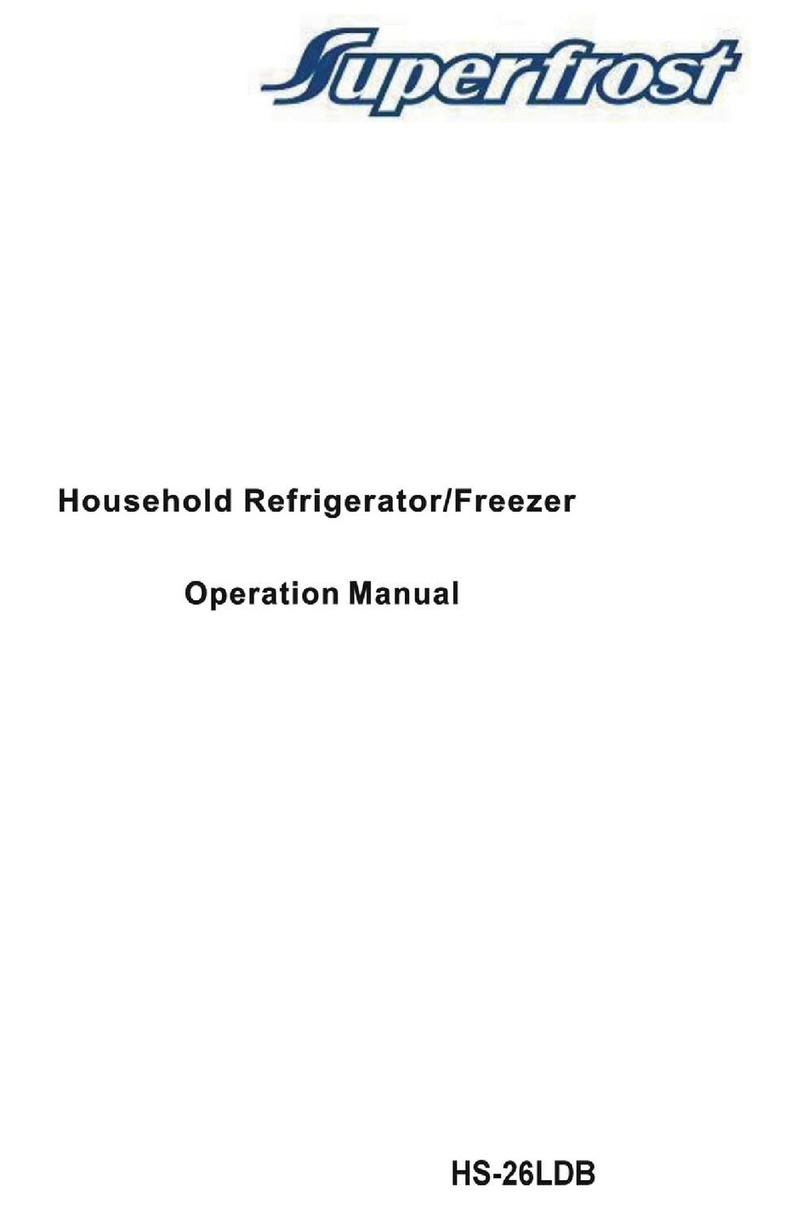
Haier
Haier HS-26LDB User manual
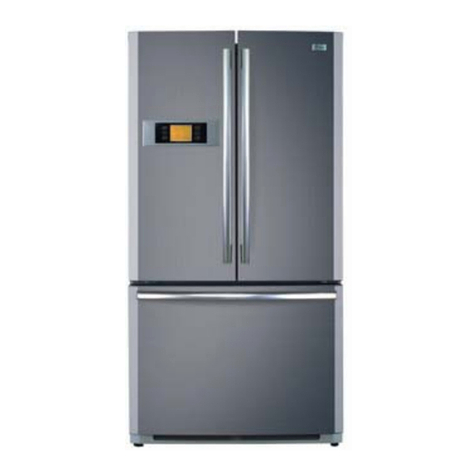
Haier
Haier HB21TNN User manual
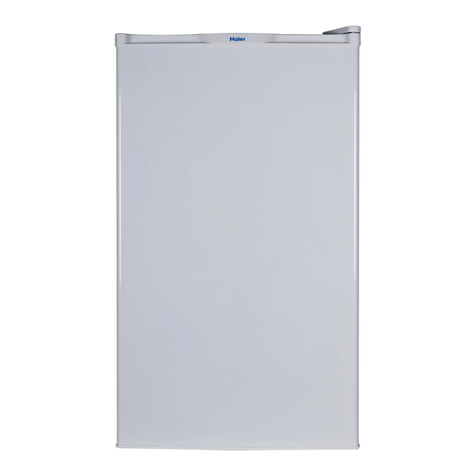
Haier
Haier HNSE04 Assembly instructions
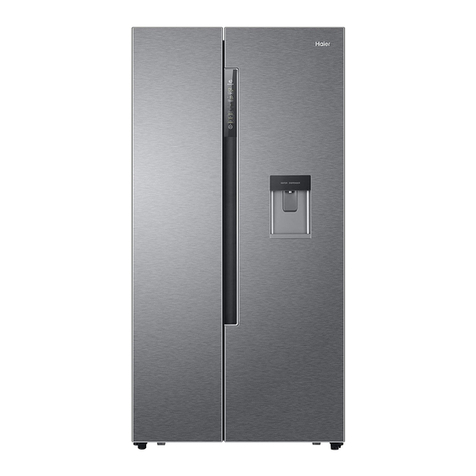
Haier
Haier HRF-522IS6 User manual

Haier
Haier HRF-510MG User manual

Haier
Haier HRC2736BWB User manual

Haier
Haier HRT18RCW User manual
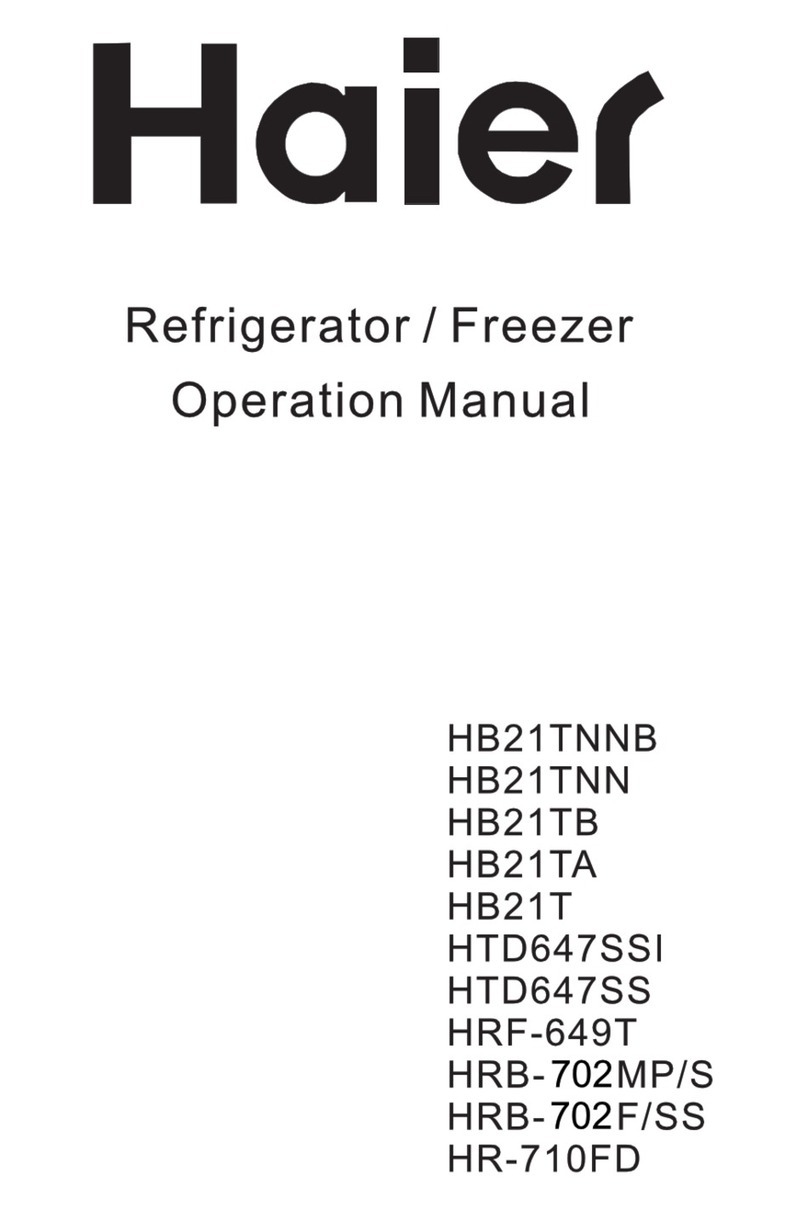
Haier
Haier HTD647SS User manual
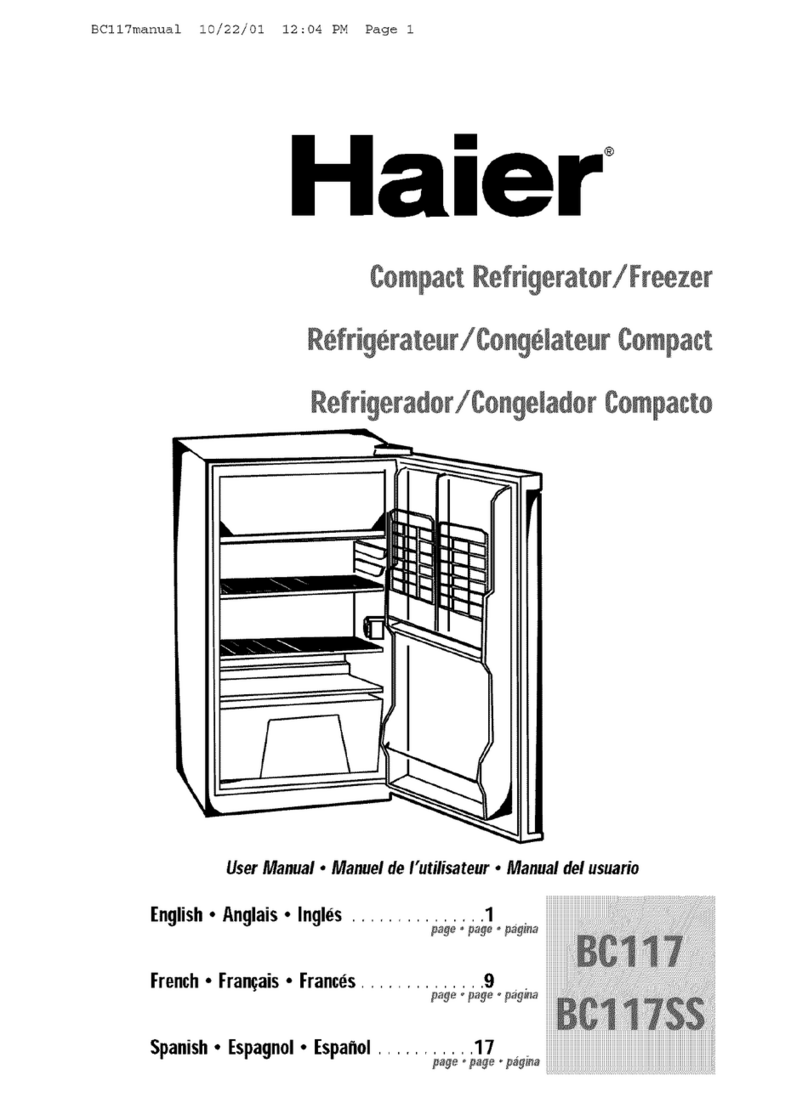
Haier
Haier BC-117SS User manual
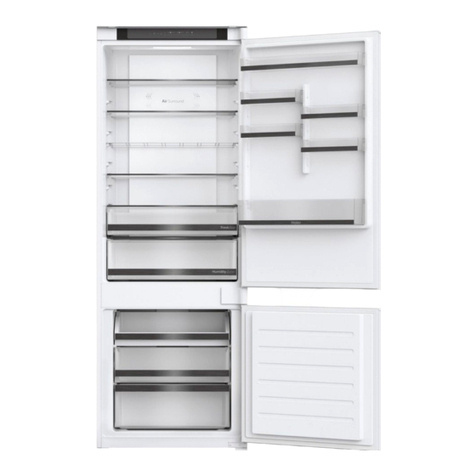
Haier
Haier HBW5719E Setup guide
